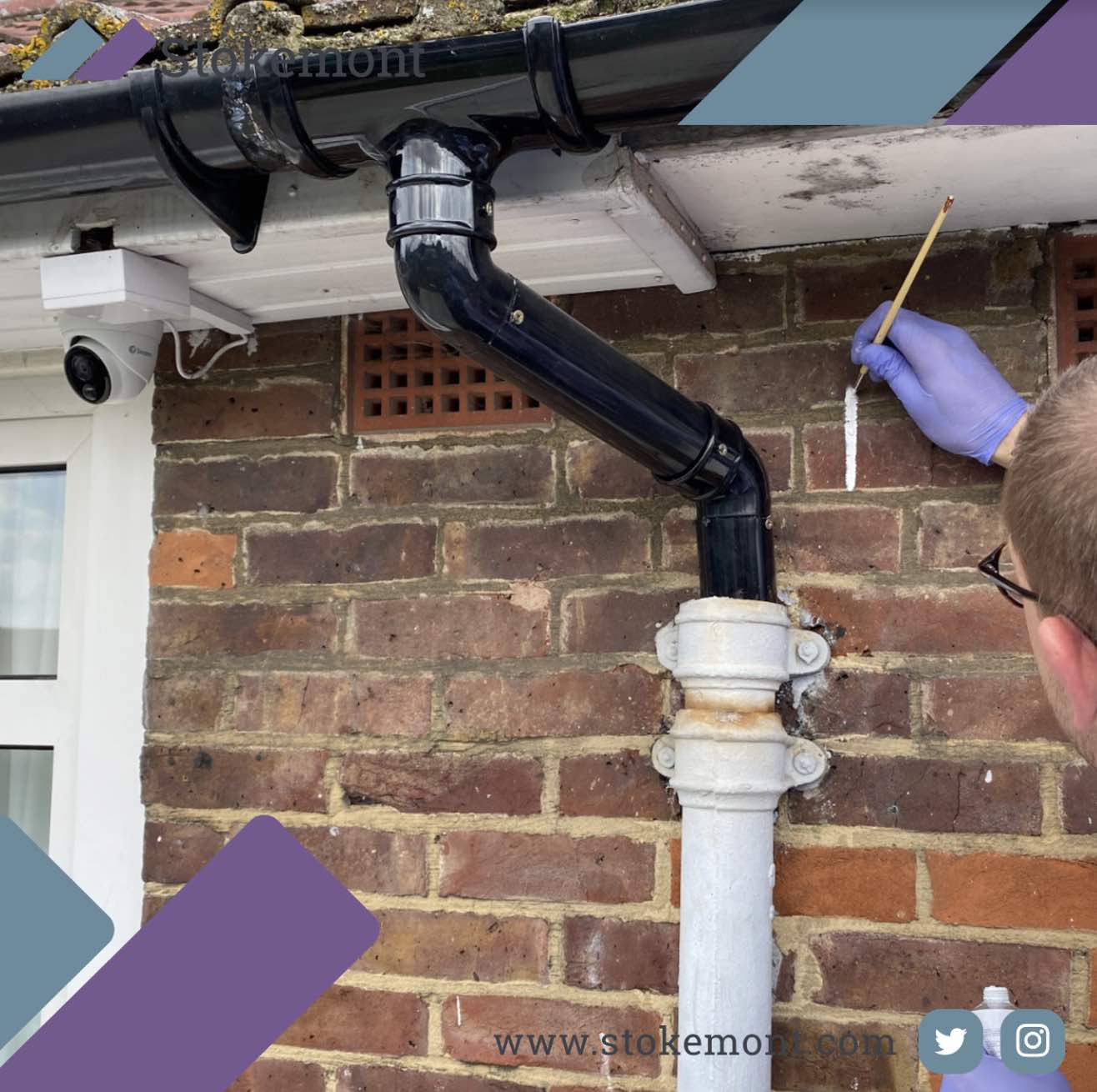Today, we are going to be looking at boundary surveying and boundary disputes.
Here at Stokemont, one of the building surveying services we regularly undertake is boundary surveys.
A boundary survey is required when two owners whom share a common boundary, that boundary separating their properties, land or air space, have some form of disagreement, uncertainty or potentially even dispute.
Boundary disputes will often arise when one of the owners has a particular opinion or position on where the boundary line should be.
At this stage, they will usually present their findings or their opinion to their neighbour giving the neighbour the opportunity to respond and discuss.
Boundary disputes are normal and generally speaking, arise when the degree of uncertainty in respect of the boundary is towards the upper end of the spectrum.
Common Boundary Issues
Over the years, here at Stokemont, we have seen all different types of boundary disputes.
We are going to look at some of the more typical and common ones that seem to rear their heads more often than not.
Car Park Spaces
If you live in a flat or house that has a shared drive or shared car park spaces, in many cases your property lease or property title plan is going to set out and specify the extent of your ownership.
It will equally set out and confirm the location of where you are able to park your vehicle.
While the land surveyors will spend a lot of time to ensure that the property’s boundaries and placements are set out on the title plan, they will often give very little thought to the car park space itself.
This ultimately means that it is very easy for there to be unclear information, or potentially even inaccurate information, from what is set out on site in comparison to what is actually set out within the legal document.
Over the years, we have seen all types of avoidable issues such as;
- Car park spaces being placed too close to another, therefore stopping owners from being able to enter and exit their car safely
- Car park spaces that meander in placement and direction therefore meaning that the flank of the respective spaces are not set at any form of parallel to the rest of the property
- Car park spaces being set out in such a manner whereby they simply don’t accommodate the width of modern cars
These issues are very easily overlooked during the runup to a property purchase and can quickly result in confusion and an easy dispute on site.
Fence Disputes
Another typical dispute that we deal with day in and day out here at Stokemont is boundary disputes relating to fences.
Fences will separate gardens from drives and houses.
In many cases, if you are lucky enough to have a well prepared Land Registry title plan, there will be some form of ‘T’ or ‘I’ mark on the Land Registry title plan.
This will definitely set out who is responsible for the maintenance and liability in respect of that fence.
However, it is worth noting that ‘T’ and ‘I’ marks are incredibly rare. In fact, we would say that they make up less than 5% of all the title plans we have ever looked at.
This then leaves the precarious and unclear situation whereby, once a property changes hands three or four times over the tenure of its lifespan, the liabilities quickly become lost in translation from one owner to the other.
Typically, when these boundary disputes arise, one owner will want to upgrade or replenish the fence.
They will usually ask their neighbour for some form of financial contribution, bearing in mind that the fence equally separates both of their gardens.
Commonly, at that time, one of the owners will then present their take on why they don’t believe they need to contribute thereby leading to a very straightforward financial dispute between the respective property owners.
This can also lead to situations whereby one owner will build their fence inset from the boundary line in the very effort of not needing to enter into boundary disputes and agreements.
In years to come, the dilapidated fence would then be removed meaning that the fence line, which is usually indicative of the boundary, has effectively moved or stepped in.
This can very easily misinform owners as to where the correct boundary should be.
Construction Works
Another typical boundary dispute can arise when one owner is planning on undertaking construction works to their property.
These construction works will usually result in some form of new extension at the rear or side of the property.
When the new wall’s placement is being set out, owners will often quickly get into some form of disagreement as to where that should be, the extent of any projections or overhangs and importantly, how the wall should actually be built.
This again can result in boundary disputes and issue between owners.
These are usually more heated as ultimately one owner will want to get on with the construction works adding urgency and pressure to the resolution of the matter.
Driveways
Another typical boundary dispute occurs when one owner is planning on upgrading and improving their driveway.
In many cases they will leave it to the contractor to complete the works.
In almost all cases, the contractor is going to work around obstacles on site. This can result in a scenario whereby driveways are not reflective of the extent of the land usually meaning that driveway stops short or extends over the boundary line.
At the time, this is often easily overlooked, however, once properties change hand and ownership, one owner will mistakenly assume that the boundary is in the location and position that it isn’t.
All of these matters arise through poor preparation and planning when it comes to boundary matters.
Here at Stokemont, we would advise that any planned works or changes to the boundary line are carefully discussed with the neighbouring and corresponding owner.
This is going to go a significant way to reducing the impact of those works upon your neighbour while also ensuring that you are doing the very best you can to avoid an unnecessary boundary disagreement and dispute.
It should also be worth noting that in many cases, no matter what you do, there is going to be some degree of boundary dispute that is unavoidable.
If this is a situation you find yourself in, we would advise that you call in experts and boundary surveyors. They are not only going to undertake extensive desktop review and on site inspection, they are also going to give you all-important clear and unbiased advice as to where they believe that boundary line should be and how it interacts with your proposals.
If you would like to discuss boundary surveying matters with our team of experienced and qualified boundary surveyors here at Stokemont, please feel free to get in touch and call us today.
We will be more than happy to assist and advise you.




